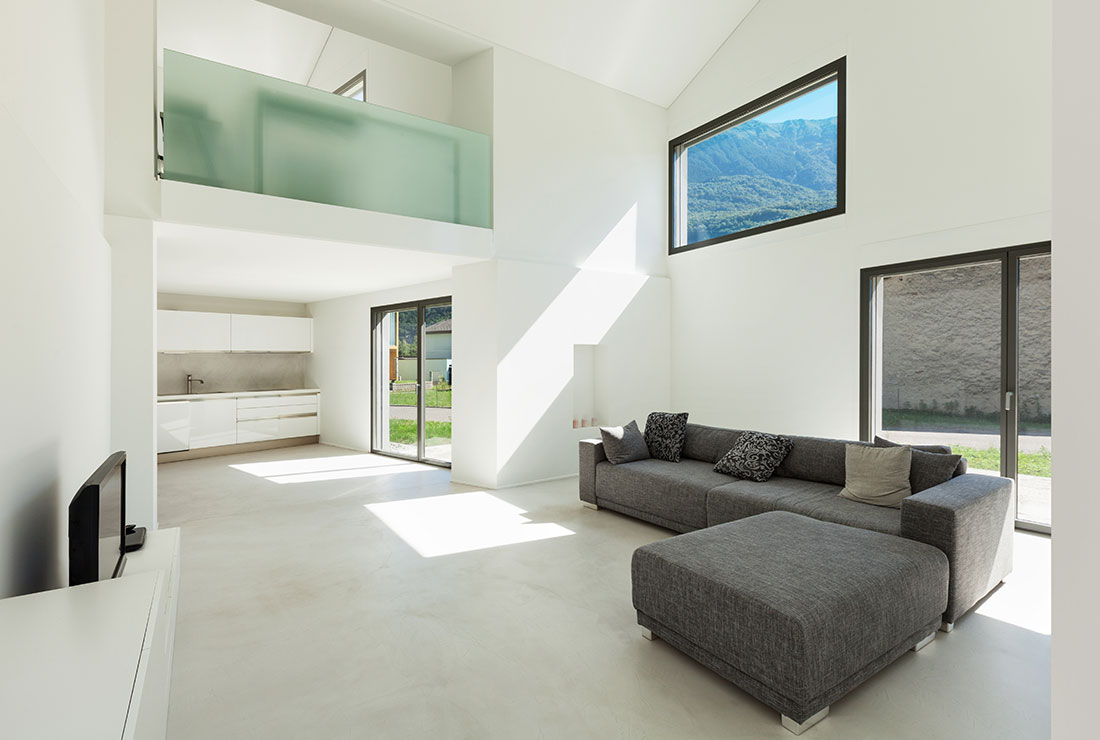Indoor Spaces and the Human Body
Indoor environments play a crucial role in shaping our daily experiences and overall well-being. From the air we breathe to the layout of our surroundings, every aspect of indoor spaces can have a profound impact on our physical, mental, and emotional health. In this article, we explore the various ways in which indoor spaces affect human health and discuss strategies for designing environments that promote well-being.
Air Quality and Ventilation: Indoor air quality is essential for respiratory health and overall well-being. Poor ventilation and indoor pollutants can lead to respiratory issues, allergies, and other health problems. Designing spaces with adequate ventilation systems and minimizing indoor pollutants can improve air quality and promote respiratory health.
Natural Light and Biophilic Design: Exposure to natural light has been linked to improved mood, productivity, and sleep quality. Incorporating natural elements such as plants and outdoor views into indoor spaces, known as biophilic design, can enhance well-being by connecting occupants with nature and reducing stress levels.
Ergonomics and Comfort: Comfortable and ergonomic design features, such as adjustable furniture and proper lighting, are essential for preventing musculoskeletal disorders and promoting physical comfort. Designing spaces with user comfort in mind can improve overall satisfaction and well-being.
Acoustics and Noise Control: Excessive noise levels can negatively impact concentration, communication, and mental well-being. Implementing acoustic design principles, such as sound-absorbing materials and strategic layout planning, can help minimize noise disturbances and create more comfortable indoor environments.
Social Interaction and Community Spaces: Indoor spaces play a significant role in facilitating social interaction and community engagement. Designing communal areas that encourage interaction and collaboration can promote a sense of belonging and support social well-being.
By understanding the impact of indoor spaces on human health and implementing evidence-based design strategies, architects and designers can create environments that support physical, mental, and emotional well-being. Prioritizing factors such as air quality, natural light, ergonomic design, acoustic control, and social interaction can lead to healthier and more enjoyable indoor environments for occupants.

